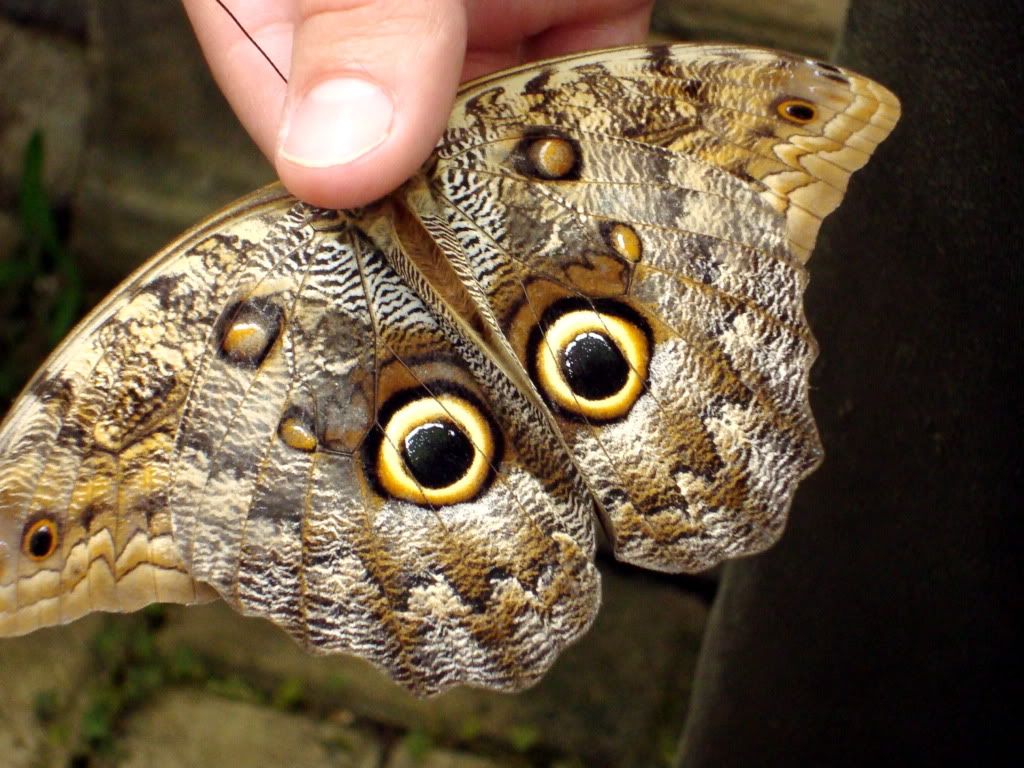EGOMON
Member
The animal world is full of trickery and concealment. To evade predators and sneak up on prey, animals must often distort their true appearance.
In order to pull of these subterfuges, animals have evolved many types of camouflage, some of which can easily fool human eyes.A common tactic is background matching, where an animal sports colors and patterns that help it blend in with its surroundings. This can be as simple as a snow-white coat of fur. Other, more elaborate disguises resemble the whorls of bark on a tree or mottled surface of stone.
To read more about this visit the article
In order to pull of these subterfuges, animals have evolved many types of camouflage, some of which can easily fool human eyes.A common tactic is background matching, where an animal sports colors and patterns that help it blend in with its surroundings. This can be as simple as a snow-white coat of fur. Other, more elaborate disguises resemble the whorls of bark on a tree or mottled surface of stone.

Draco indochinensis, a type of gliding lizard in India, showing off its background-matching skills.

The peach blossom, a type of moth that uses disruptive coloration.

A cuttlefish camouflaged to match the seafloor.

Talk about committing to your role!

harlequin fish seem to adopt the aroma of the corals they eat in order to hide from predators

A caterpillar in Ecuador that greatly resembles bird poop.

This katydid mimics a leaf.

Baird's sandpiper chicks blend in.

A moth mimics its stony environment.

A decorator crab wears detritus to match its surroundings.

A stick insect in Malaysia.

A concealed soft coral crab.

Camouflage can make flowers into treacherous territory. This one hid a hungry goldenrod crab spider.

This nightjar—a type of bird—is well matched to its surroundings.

A flat worm cunningly disguised on its host coral.
And, finally, a caterpillar that looks like it's wearing a snake's head
Some fish use their skin like mirrors, reflecting light to hide in open waters.
To read more about this visit the article

















